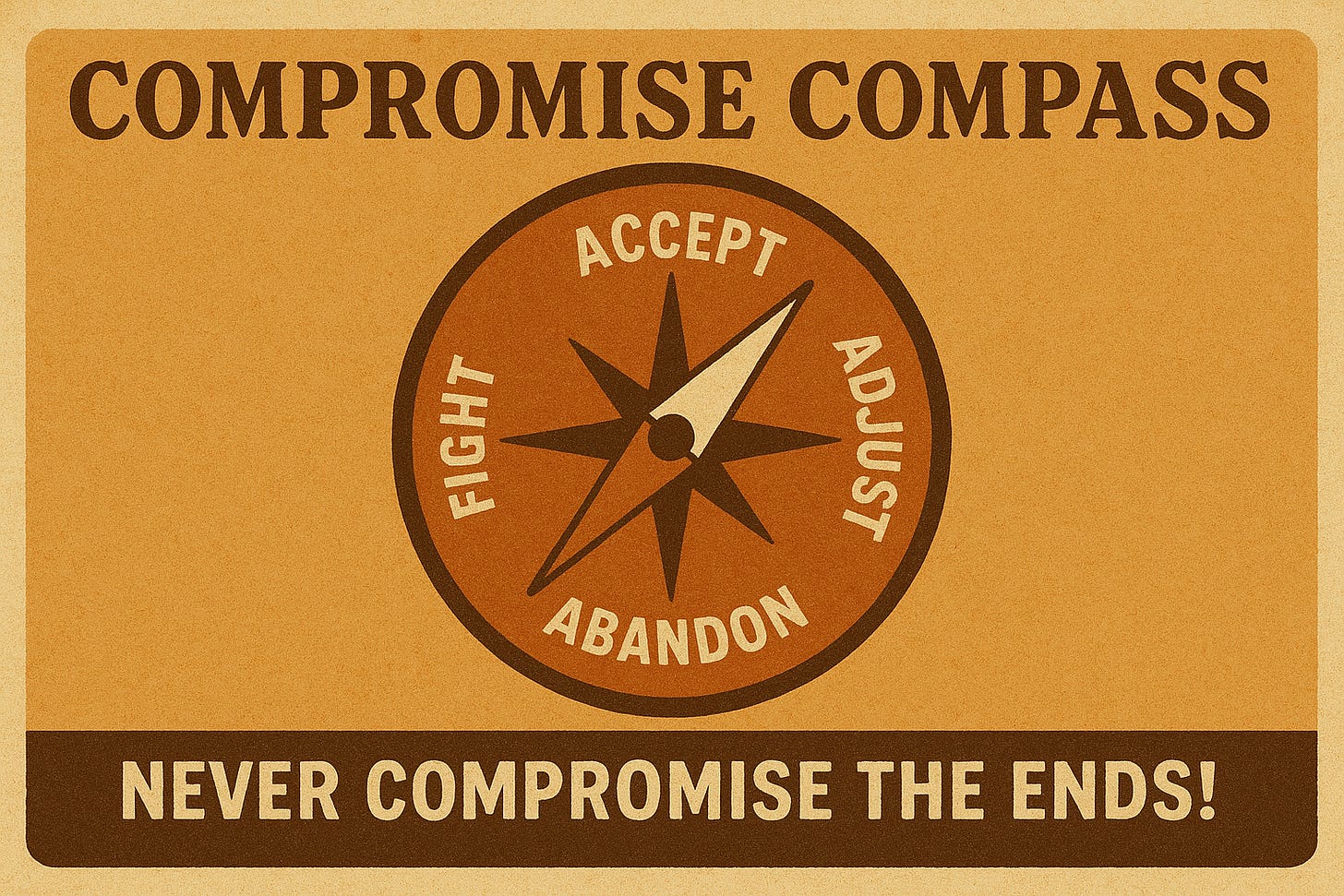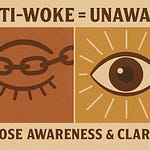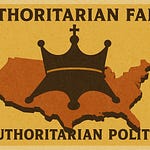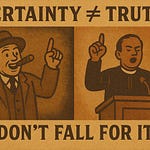Good trouble beats fake peace… but you need to understand when to stand firm, what to negotiate, and then you need to identify one step you’ll schedule this week to protect your neighbors. Stick around and I’ll share a secular guide to principled conflict—ends vs. means, a “compromise compass,” and a practical step you can put on the calendar this week.
Jesus said, “I didn’t come to bring peace but division.” Since we’re reading this through a secular, values-first lens, what that means to us is that sometimes telling the truth creates friction before it creates healing. That’s not chaos; that’s clarity.
Here’s the thesis in plain English (borrowed from MLK): real peace isn’t the absence of tension; it’s the presence of justice. The quiet that lets harm continue? That’s not peace, it’s a lid on a boiling pot. When we fight for the common good, division is inevitable because there will always be those who push back against universal dignity. If you’ve ever been called “divisive” for asking that everyone be treated humanely, welcome to the club.
This episode is about practicing principled conflict: how to keep your heart soft and your spine strong. We’ll sort out what’s non-negotiable (things like ‘everyone gets to thrive’) from what’s flexible (things like ‘methods, timelines, messaging’). We’ll talk about when to stand firm, when to bargain, and how to act locally without burning out. We can compromise on how we include everyone, but not on whether we include everyone.
By the end, my hope is that you’ll feel steadier about naming harm, that you’ll be clearer about your next move, and that maybe you’ll be a little more practiced at rocking the boat without sinking it!












